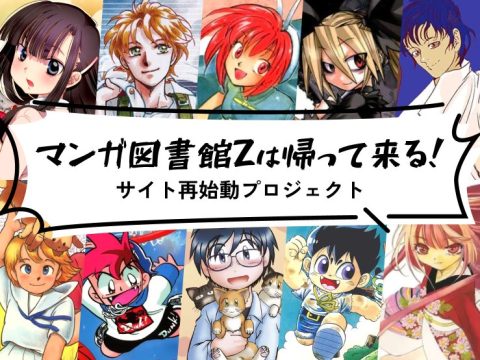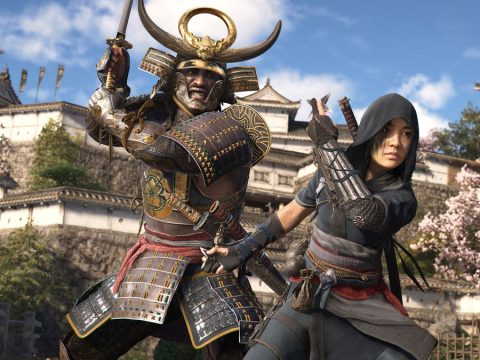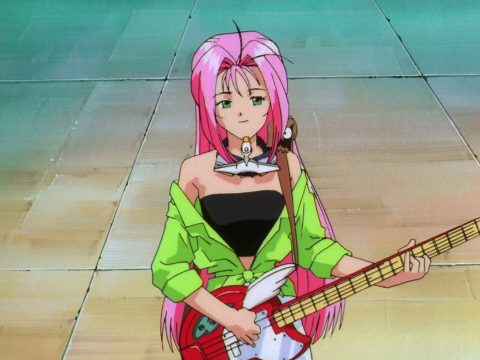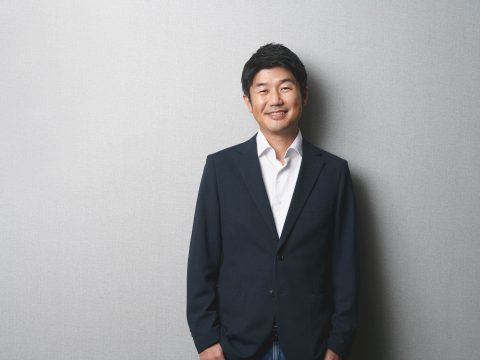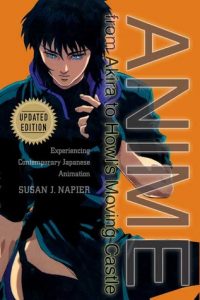 Lawmakers in Ohio recently called for Kent State University to no longer use the scholarly book Anime from Akira to Howl’s Moving Castle: Experiencing Contemporary Japanese Animation in their curriculum. Written by Tufts University’s Dr. Susan Napier, the book in question was groundbreaking for bringing anime into academics and giving it more mainstream acceptance. The controversy began when a 17-year-old student at Kent — whose parents signed a permission slip for him to read the book — complained that parts made him uncomfortable.
Lawmakers in Ohio recently called for Kent State University to no longer use the scholarly book Anime from Akira to Howl’s Moving Castle: Experiencing Contemporary Japanese Animation in their curriculum. Written by Tufts University’s Dr. Susan Napier, the book in question was groundbreaking for bringing anime into academics and giving it more mainstream acceptance. The controversy began when a 17-year-old student at Kent — whose parents signed a permission slip for him to read the book — complained that parts made him uncomfortable.
Ohio State Rep. Reggie Stoltzfus has tried to argue the book is “way beyond pornography” because it academically talks a bit about adult entertainment in anime, and threatened to pull funding from the college over it. Otaku USA spoke to Dr. Napier in her first public statements on the situation, where she talks about what’s really in her book, her concerns about censorship, and why academic freedom matters to her.
How did this all start?
The first I heard about it was from John Wilson [from University of California National Center for Free Speech and Civic Engagement], who sent this article from Ohio about how they were trying to have the book banned. Also, I think Tennessee Star picked it up.
I think it was a young man who had this book that had been assigned in his writing class. He was not a college student. He was under 18, but his parents had already signed off saying, “Yes, it’s okay. You can read the material.” But then I guess he found the material in one particular chapter to be disturbing and brought it to his father’s attention. [The father] then contacted Rep. Stoltzfus. I don’t think anyone actually read the book or even the chapter.
Please tell us about your book for people who haven’t read it.
Thank you! [laughs] It’s called Anime from Akira to Howl’s Moving Castle: Experiencing Contemporary Japanese Animation. Originally I was going to call it Anime: A Cultural Investigation. I still think that’s a pretty good title, because I was trying to talk about anime as a new form of artistic culture, but also in relation to Japanese culture. So I talked about anime and animation in general. This was twenty years ago. People really weren’t that aware of animation as a separate medium. They didn’t really take it seriously. They thought it was silly, or for kids, or trivial.
Then anime started coming in and I was there when it started. I went to see Akira when it came out in London, I think in 1990. I realized this was really different, really exciting. This was a Japanese cultural product that was really unique. I thought someone should write a book about it. I kept waiting. I was finishing up a book on Japanese fantasy, which included something on Akira. Then I gave a paper on Akira at the first ever conference on Japanese popular culture. It was held in Berkeley. I think it was May of 1990. This was a big deal. We didn’t do conferences on popular culture back then. I gave a paper on Akira, and my older my colleagues were not happy. They did not like this anime stuff. They didn’t think it was part of what they believed to be Japanese culture, which was haiku, Zen, temples and gardens. They really hoped it would go away.
The younger half — the people under 40 — were more interested, particularly because they knew their students were interested. They said, “You have to publish this paper.” It did get published, then republished in a book on Japanese culture. I thought, Well, I guess if someone’s going to write about anime, I might as well.
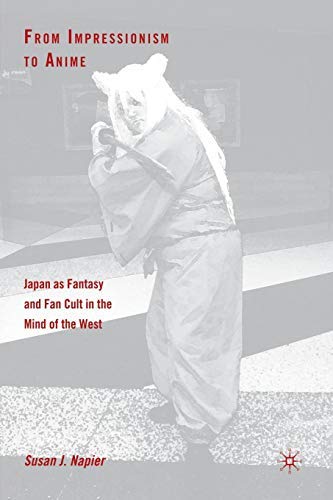 It was a lot of work to research, because no one had done anything like it, ever. Remember this was before the internet, so I was using video tapes and going to Japan and trying to get as much material as I could. As I think I say in the book, it’s like doing a book on American cinema. It’s huge. So I really worked to figure out categories. I worked to figure out the most interesting anime or the most representational ones. There was a book by Antonia Levy called Samurai from Outer Space, which was a helpful introduction, but it wasn’t really an academic book. It became clear to me we needed an academic book.
It was a lot of work to research, because no one had done anything like it, ever. Remember this was before the internet, so I was using video tapes and going to Japan and trying to get as much material as I could. As I think I say in the book, it’s like doing a book on American cinema. It’s huge. So I really worked to figure out categories. I worked to figure out the most interesting anime or the most representational ones. There was a book by Antonia Levy called Samurai from Outer Space, which was a helpful introduction, but it wasn’t really an academic book. It became clear to me we needed an academic book.
[Anime from Akira to Howl’s Moving Castle] has been used all over the place and definitely in a lot of courses. Mostly what people have said is, “Thank you for taking this subject seriously. It’s given me legitimacy to talk about anime as an interesting cultural phenomenon.” The only other criticism I’ve had until this fall is that it was “dry” and “too academic” and “too scholarly.” I was absolutely floored when I found out about this [at Kent State]. I thought, “What? It’s been around for twenty years!”
Do you have any idea what they’re offended by?
It’s one chapter. The chapter on pornography in Japanese animation. Some of the stuff is very unpleasant. It does show real violence against women. I thought it was actually important to bring up pornography. It was reasonably widely available and I knew people in the West were looking at it, so I thought some people should explore it. I thought if you wanted to understand anime as a total part of Japanese culture, you have to be aware of this. You don’t have to watch it. I never suggested that.
So in summary, you have a single chapter that explores adult anime entertainment in a scholarly way, because it exists, in a book that’s mostly about non-adult entertainment, because the majority of anime we get is not that?
You got it! It’s not a pornographic book. It’s not even a pornographic chapter. It’s a scholarly chapter about a specific aspect of Japanese animation.
Have your books ever been challenged before?
Never. This came out of the blue. I was contacted by John Wilson, who said, “You know, this really is a question of censorship and free speech we’re talking about.” And I agreed with him. I didn’t feel like being interviewed at the time, but he went ahead and wrote the piece and I thought it was very good, and clearly on the side of allowing academics to write about things in an academic fashion.
How do you think this fits into the larger issue of censorship?
Nowadays we’re very concerned about what we say. Which in many ways is a good thing. We need to be careful not to engage in hurtful or hate speech. But I think there’s this tendency now where you have to not deal with controversial subjects. And I think that some pornographic anime is disturbing. But I think precisely because it’s disturbing it ought to be dealt with. We do have to engage the things that are ugly or distasteful in a rational, objective fashion. I think if we ignore things, if we try to put a fence around certain subjects, I think all that does is hide them. I think this kind of issue of finding controversial things you don’t want to read and judging an entire book by it is also disturbing. As you just said, most of the book is about the variety of Japanese animation. It was shocking to me they would want to have the book banned and use terms like “pornographic” about the book. The idea of feeling that if you don’t like a subject you ignore or suppress anything controversial is not a very sensible way to approach a subject. It can come back and flower even more because it’s seen as forbidden.

Are you working on anything else now? Any new books?
I am, thank you! I wrote this book Miyazakiworld (Yale, 2018) that I’m very proud of. And Miyazaki is very wholesome, as you know. And right now I’m working on a book about lost or changeling children across cultures. Of course I got the idea from Spirited Away. I read this article where they talk how the word Spirited Away in Japanese is “Kamikakushi,” which literally means being taken away and hidden by the spirits. They said this is very similar to beliefs in Europe, in Celtic mythology with the fairies taking away children and changing them. So I’ve been working on that for the last year or so.
I want to be clear my research has been on many, many different things. But I’ve been trying to give a sense on the culture of modern Japan. I was in Japan last fall, and a graduate student came up to me and said, “I wouldn’t be here if it hadn’t been for your book.” It needs to be seen in a wider context of anime studies, and again also in academics being able to study what they like, not propaganda.
____
Danica Davidson is the author of the bestselling Manga Art for Beginners with artist Melanie Westin, and its sequel, Manga Art for Intermediates, with professional Japanese mangaka Rena Saiya. Check out her other comics and books at www.danicadavidson.com.


